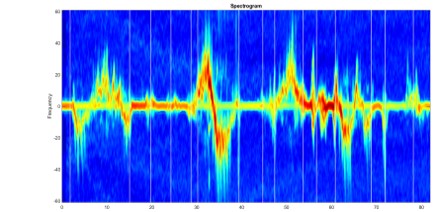Radar-aware Activity Recognition with Innovative Temporal Networks (RAD-ART)
Radar has historically been associated with large ships and aircrafts, but these days radar can be so small that it can fit inside a Wi-Fi router or a mobile phone. In this project we will examine how artificial intelligence and radar data could be used to perceive how people move – how they walk, for instance, and what kinds of activities they perform – since movement patterns can tell us a great deal about the course of physical and cognitive health problems.
Advantages of using radar for these tasks include their functioning in complete darkness, non-contact nature, through-wall capabilities, and perhaps most notably the absence of privacy-invasive imaging.
Our research aims to make the most use of these benefits, whilst attempting to keep costs at a level that facilitates broad implementation. To achieve this, we must tackle such challenges as:
a) Complex observation environments with multiple persons and objects
b) The unique characteristics of radar imaging itself, which requires novel processing algorithms
c) The complex nature of behaviour, which does not lend itself well to rigid or uniform data structures

Project data
| Researchers: | Francesco Fioranelli, Nicolas Kruse, Olexander Yarovoy |
|---|---|
| Starting date: | March 2021 |
| Closing date: | March 2025 |
| Funding: | 350 kE; related to group 350 kE |
| Sponsor: | NWO-M1 (KLEIN) |
| Contact: | Francesco Fioranelli |